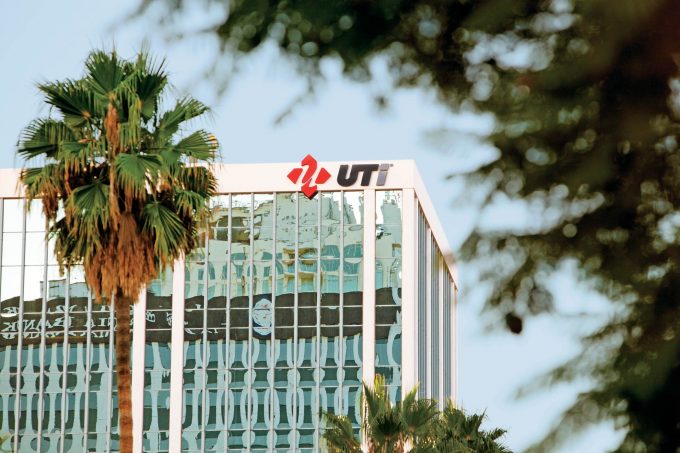OceanX: LatAm boom & gossip; MSC's rising logistics star; Trump-led blank sailings
Strictly on the QT!

Shares of Denmark’s DSV rose over 9% last Wednesday after the world’s fourth-largest freight forwarder reported its quarterly and annual results. Its stock price was confirmed in the following two trading sessions, but DSV stock is essentially flat for a week, given that it was hammered ahead of its trading update. What does all this mean for shareholders?
Expectations are high in 2016 because a large part of the integration of UTi Worldwide ? the takeover was completed last month ? is ...
Teamsters union vows UPS will be 'in for a hell of a fight' over jobs cull
US tariffs and trade war will result in 'Covid-like' shortages and layoffs
More pressure on transpacific rates as carriers bet on a China-US trade deal
DSV completes DB Schenker buy as it notes strong Q1 performance by Air & Sea
Ecommerce air traffic to US set to grind to a halt as de minimis exemption ends
Where will the freighters go as capacity shifts from tariff-hit China-US lane?
Congestion and rising costs at Europe's box ports to last into summer
Widespread blanked sailings stave off major collapse of transpacific rates
Kintetsu World Express hit by ransomware attack
End of de minimis will bring turbulence for airfreight shippers and forwarders
Good first quarter for Hapag Lloyd and ONE, 'but it's all downhill from here'
Rather than getting bigger, SME forwarders should focus on getting better
HMM takes ships from sinking transpacific for another Asia-Middle East service
US automakers breathe easier as Trump eases tariffs on foreign components

Comment on this article